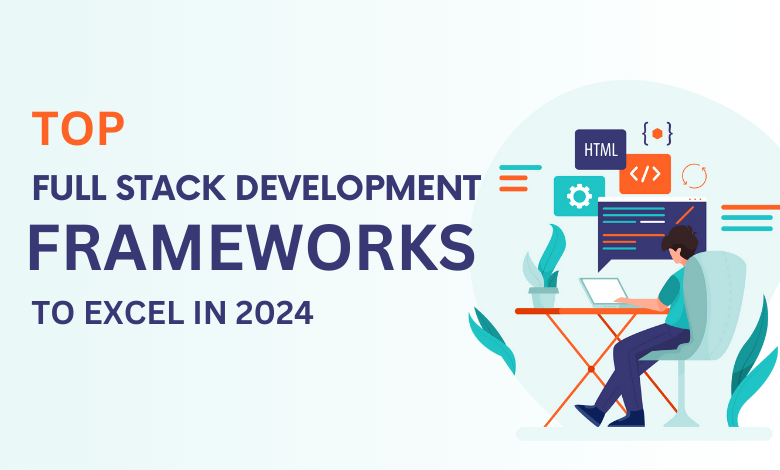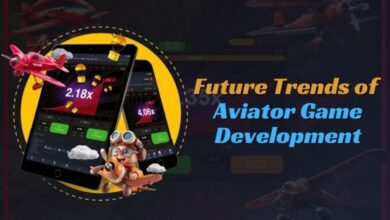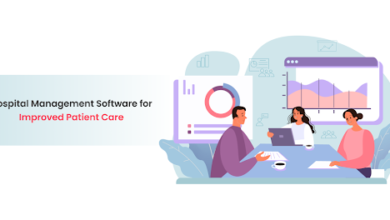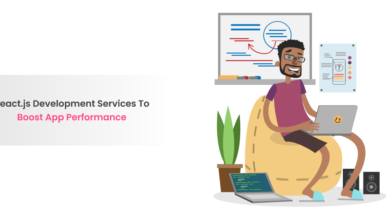Top Full Stack Development Frameworks to Excel in 2024
Top Full Stack Development Frameworks to Excel in 2024 Experts Guide

In a world where the choices seem limitless, choosing the right framework for your web development project can seem overwhelming. Also, finding skilled web app developers who can bring your vision to life is not a challenge. This blog will unravel the mystery behind the best web development frameworks preferred by leading web development companies in 2024.
We aim to equip you with the knowledge and insights you need to ensure quality work, save time and optimize costs for your web development projects. Let’s start this journey through the dynamic world of web development where innovation is the name of the game.
Top-notch Full Stack Development Frameworks For 2024
A full-stack development framework is a collection of programs that offer a complete end-to-end solution to web developers. Web servers, application servers, databases, etc. are standard features shared by most full-stack frameworks. Some of such frameworks are given below:
- NodeJS (JavaScript Framework)
Node.JS is an open-source, cross-platform runtime JavaScript engine. To run JavaScript code outside of a browser, it offers a runtime environment. An application’s backend services, including APIs (Application Programming Interface), are often created and operated using the Node JS framework. For the front-end technology of online and mobile apps that run in browsers, Node JS offers backend assistance. Developing real-time, highly scalable, and data-intensive applications is a great fit for this framework.
- React.js
Developed by Facebook, is a popular JavaScript library used to build user interfaces. Using its component-based design and use of a virtual DOM, developers may build dynamic, interactive web apps using it. Because of its scalability, performance, and ease of use, React.js is extensively used by businesses like Netflix, Walmart, and Airbnb. For effective full stack development, it may be easily connected with Node.js.
Key Features of React.js:
- Component-based architecture for modular development
- Virtual DOM for efficient rendering and performance optimization
- Extensive ecosystem and community support
- Reusable UI components for faster development
- Integration with popular libraries and frameworks
- Django (Python Framework)
Django is a great full-stack web development framework that frees developers from laborious aspects like database administration and HTML template construction, allowing them to create online apps quickly. It contains an object-relational mapper (ORM) for database interactions, a template engine for HTML views, and all the tools required for daily operations. Django is a fitting choice for today’s web developers, particularly those involved in Python programming. Its scalability makes it an excellent choice for large projects, and its vast user base ensures plenty of advice and support.
- Angular Framework
A TypeScript-based framework for creating user interfaces for online or mobile apps is called the Angular Framework. It’s a component-based UI library that creates components using the CLI. Using Firebase for application authentication and server-side rendering, this framework creates Progressive web applications all at once. It offers a powerful CLI (Command Line Interface) tool for creating the application’s first template with testing support and pre-configured routing using an integrated style processor such as Tailwind CSS or another. For businesses seeking Tailwind CSS Development Services India, this provides a streamlined approach to building modern, efficient web applications.
- Laravel
PHP web framework Laravel is renowned for its sophisticated syntax and features that are ideal for developers. Model-View-Controller (MVC) architecture is used, and a variety of tools and frameworks are available for productive development. Because it prioritizes readability, scalability, and simplicity, Laravel is a well-liked option among developers. Full-stack developers will find Laravel to be an outstanding framework because to its expressive syntax and extensive documentation.
Key Features of Laravel:
- MVC architectural pattern for structured development
- Elegant syntax and developer-friendly features
- Blade templating engine for efficient UI rendering
- Eloquent ORM for database management
- Comprehensive documentation and community support
- GraphQL Framework
Meta created a query language for APIs (application programming interfaces) called the GraphQL Framework. It offers the data schema via the API. To combine several resource requests that the end user needs into a single query, this framework serves as a mediator between the front-end client and the back-end services. It allows for mutations that alter subscriptions and data resources to notify clients of any changes made to the data. Put simply, GraphQL is a protocol that transmits and receives HTTP requests and answers. This framework facilitates the sending of many requests to various services by front-end developers to populate the user interface (UI).
- Spring Boot
A Java-based platform called Spring Boot makes it easier to create stand-alone, production-quality apps. It offers several capabilities for developing dependable and expandable applications and adheres to the convention over the configuration philosophy. Spring Boot is a potent choice for full-stack Java development as it interfaces well with other Spring projects. Building complicated web apps is made easier with Spring Boot’s robust documentation and active community.
Key Features of Spring Boot:
- Convention over configuration for rapid development
- Built-in support for various databases and libraries
- Robust security features and authentication mechanisms
- Seamless integration with other Spring projects
- Comprehensive documentation and active community
Towards 2024, there will be an increasing demand for flexible developers who can manage all aspects of development. A fundamental understanding of the different full-stack development frameworks may be obtained from the frameworks previously described. For developers who want to lead their industries and help businesses succeed online, learning full-stack programming is not only necessary but also imperative.
To create creative and reliable online applications, adopt these frameworks, investigate their characteristics, and make use of them. The dynamic area of full stack development may be yours provided you have the correct foundation and are dedicated to lifelong learning. So go out and learn full-stack development frameworks by beginning your adventure now!





